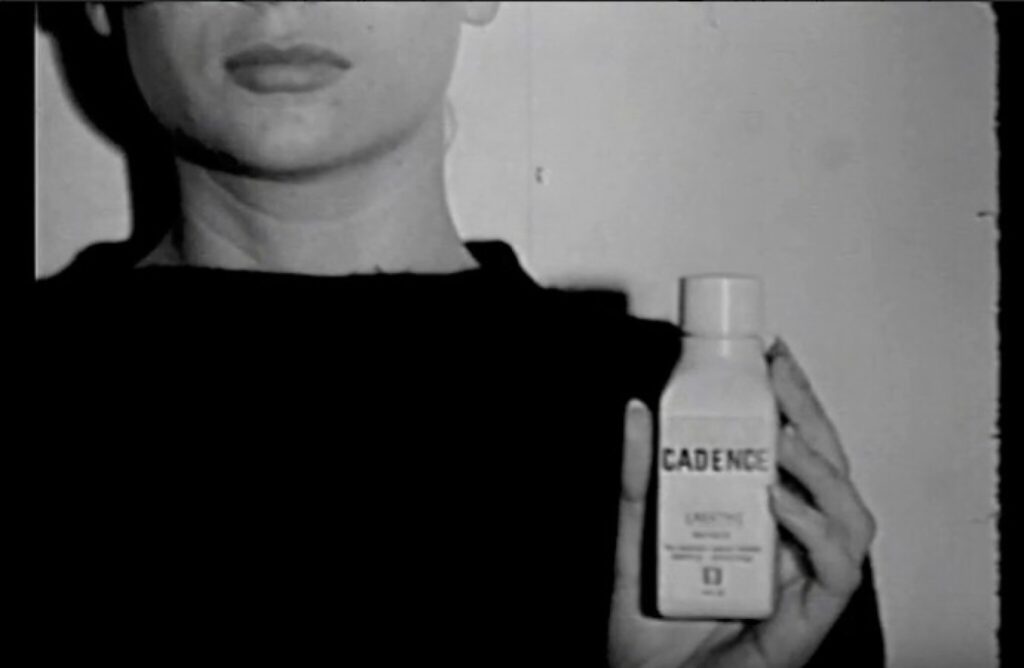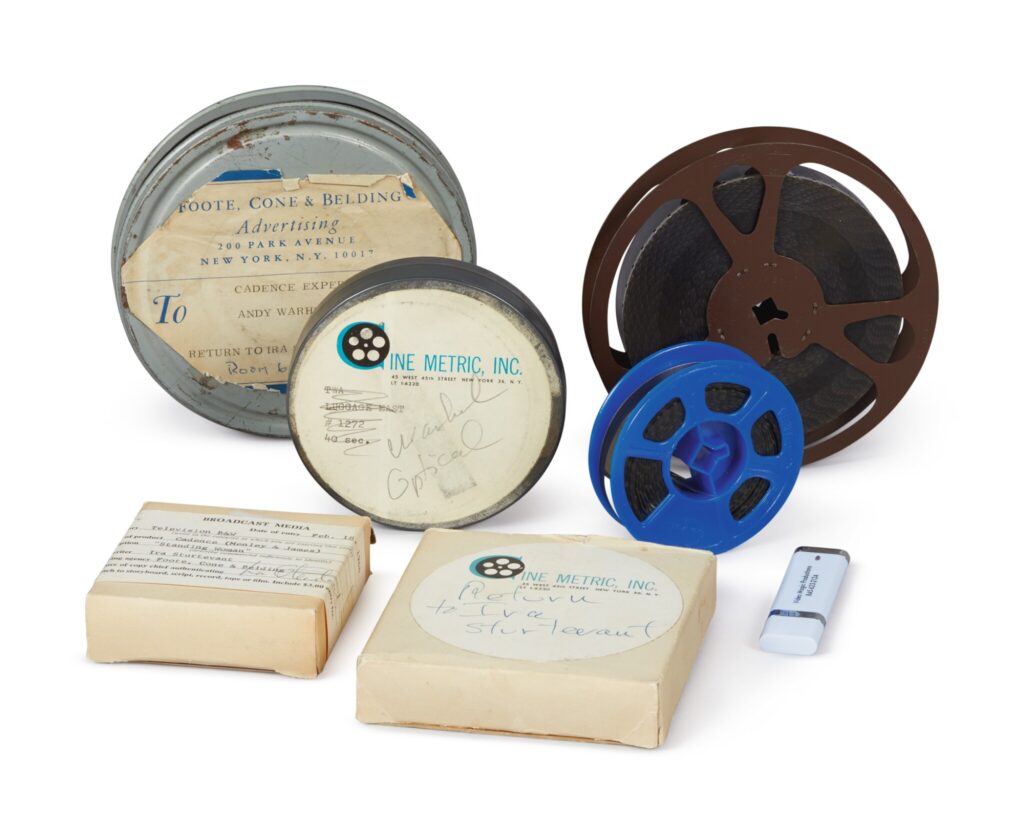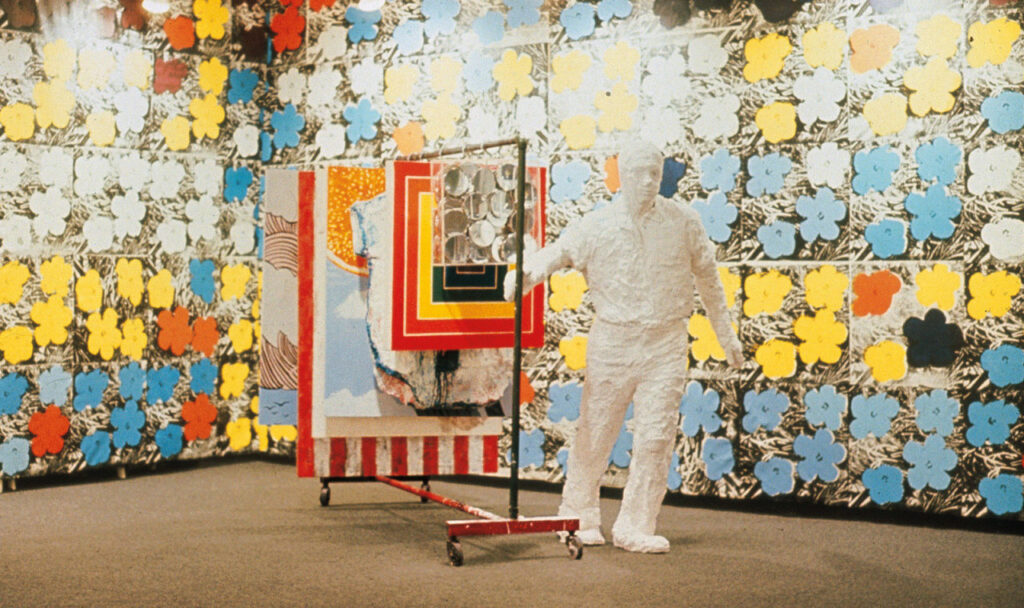
We used to have a company that organized all the world’s information, and now it tells me that practically no one besides Sotheby’s themselves have mentioned that Ira Sturtevant commissioned Andy Warhol to make three commercials for Cadence laxative.
And they’re just about the only ones to note that it happened in 1965, but yet don’t note that was three years before the Schrafft’s restaurant spot that had long been considered Warhol’s first commercial.

And they’re about the only ones to note the similarities between the stark commercials—a lone woman sitting on a featureless set—and Warhol’s Screen Tests, which were in full production in 1965. [Sunny Harnett, one of the models in the Cadence commercials, never sat for a Screen Test, nor, for that matter, did Ira.]
And most remarkably, they’re about the only ones to note—actually it is the consignor, Ira’s widow Meg Crane, in an interview about the laxative commercials and also her experience inventing the home pregnancy test, who notes—that “Ira knew many of the young New York artists, like Jasper Johns and Robert Rauschenberg, before they were well known, and he wanted Andy to work with Cadence.”

And this is remarkable why? It’s not like we have to worry the laxative commercials will disappear from the art historical discourse: the Andy Warhol Museum has the invoice, and the Whitney Museum showed them in the Warhol retrospective in 2018-19. And five minutes later Crane sold them publicly for $30,000.
But how has no one made the connection that when Ira was befriending Warhol, Johns, and Rauschenberg in the early 1960s, he was not alone, but was in the company of the first Mrs. Sturtevant, Elaine, or as she came to be known professionally, Sturtevant.

1965 was when Elaine borrowed Warhol’s screen for Flowers and started making her own. It was when he was asked about his screenprinting process, and he said, “I don’t know. Ask Elaine.” It was when she had her breakthrough show at Bianchini Gallery, filled with her repetitions of the works of many of her —and, one must imagine, Ira’s?—artist friends.
In their conversation published last week on the 100th anniversary of her birth, Sturtevant’s two great art historian interlocutors, Bruce Hainley and Michael Lobel, talked about how scarce confirmable details are, and how “our sense of the history and reception of Sturtevant’s art changes” only via “a slow drip of new information.” While it’s obviously not a cure, I do hope blogging about this one connection will help to pick up the cadence.
[COUPLE OF DAYS LATER UPDATE: NEVER MIND. Here is the first sentence in the section of Blake Gopnik’s near 1000-page biography of Warhol where he discusses the artist’s foray into advertising: “In the summer of 1965, Ira Sturtevant, the ad-man husband of the artist Elaine Sturtevant, had gotten Warhol working on a laxative spot.” Print will save us all, but only if we think to look. Thanks for the heads up, Blake, and the opus, obv.]
18 July 2019, Lot 187: Andy Warhol, Cadence Commercial, 1965, [sothebys]
The Mad Man Who Commissioned Andy Warhol to Make a Laxative Commercial [sothebys]
Sturtevant at 100: It Can Take a Long Time to Understand What Is Seen [moma.org]
